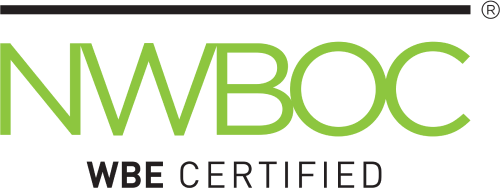Case study: Emergency management
Transforming emergency management training for scalability

Table of contents
Facing a fast-paced operational tempo, more demanding and complex disaster seasons, and evolving training needs, an emergency management agency needed to reimagine training for its incident workforce. The agency turned to longtime partner Eagle Hill to lead the design and implementation of training curriculum. The team combined deep technical instructional design expertise with an understanding of the agency’s mission and ways of working.

Goal
Transform a fragmented curriculum process into a scalable, high-quality, and high-impact training program through streamlined instructional design and experiential learning methods.
Unconventional consulting—and breakthrough results

reduction in training curriculum materials development time

improvement in course quality and error reduction

training courses developed and delivered
The challenge: Keeping emergency management training consistent and compliant
Developing and maintaining consistent, high-quality training for a large and diverse workforce began to strain the agency’s internal capacity. The nature of emergency management meant that courses had to be updated quickly to reflect evolving roles, administered across different groups, and remain compliant with technical and accessibility standards. What’s more, coordinating input from subject matter experts and managing large volumes of course materials was becoming more time-consuming and complex.

The roadmap to success: Advancing training in emergency management at scale
The agency needed a streamlined, scalable solution to its approach to training to meet demand. Moreover, the training content had to be relevant, rigorous, and engaging. To deliver on these needs, we developed an approach that aligned with the agency’s operational realities and used the best of adult learning practices. We grounded our approach in three critical principles: streamlined systems, customized strategies, and stakeholder-driven design. As part of this effort, our team:
Developed new and updated courses. We built curriculum content using a tailored instructional design model – ADDIE (Analyze, Design, Develop, Implement, Evaluate).
Established collaborative scoping and feedback loops. We held pre-development meetings and regular touchpoints with subject matter experts to align expectations and keep training content on track.
Integrated quality, accessibility, and assessment expertise. Each team had embedded testing development experts—psychometricians—and quality assurance (QA) specialists to ensure that every product met rigorous standards, including ADA/508 compliance.
The path forward: Modernizing emergency management training delivery
Our success on this engagement was due to our deep instructional design and emergency management expertise, as well as to our innovative approach to the work that included:

Automating time-consuming processes. Custom-built tools reduced training curriculum development time by up to 90% for certain deliverables, which significantly increased efficiency.

Adapting to the agency dynamic environment. Agile inspired “sprints” and asynchronous communication strategies met different stakeholder groups’ availability and preferences.

Enhancing standard operating procedures for clarity and consistency. Internal and group-focused training sessions and resources aligned expectations and promoted collaboration.
Through this initiative, the agency elevated its training program while saving time and improving quality. Our innovative approach, focus on QA, and automation saved significant development time, improved the consistency of training materials, and streamlined communications across stakeholders.

“[Eagle Hill]…fully established themselves as experts in the production of instructional design. I highly recommend the partnership…for any future curriculum development projects.”

